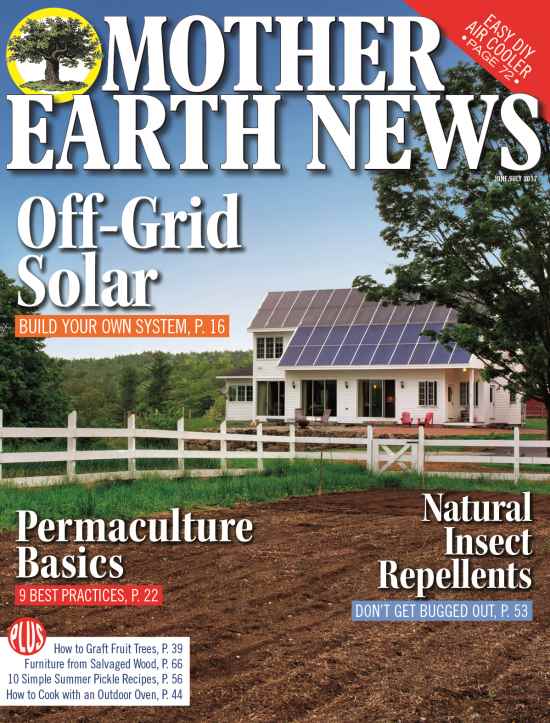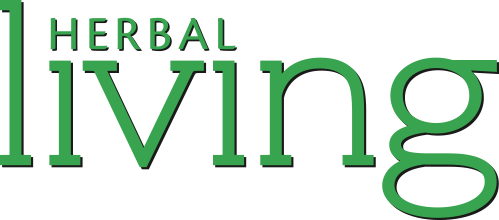Making Hay and Buying Equipment
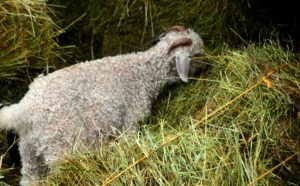 The first post in this 3 – Part Haying Series I will cover the basics of making hay as a product to buy or sell and our equipment (as an example of one method). If you can collect the equipment, have an open field, and can master some fundamental knowledge about grass, then you have the basics of offering hay as a product, or as a self sufficient food for ruminant animals and perhaps horses on your farm.
The first post in this 3 – Part Haying Series I will cover the basics of making hay as a product to buy or sell and our equipment (as an example of one method). If you can collect the equipment, have an open field, and can master some fundamental knowledge about grass, then you have the basics of offering hay as a product, or as a self sufficient food for ruminant animals and perhaps horses on your farm.
Hay is the lifeblood of many farms. When we hay our field it reminds me of the process I go through to can, freeze and dehydrate our garden surplus. We are essentially “putting up” the pasture.
After the initial investment of equipment (more about that below), and some investment in creating a quality field, hay is a relatively cost effective product to offer; when strictly speaking about monetary investment.
Our Equipment and our Process
There’s a lot of different ways to make hay. Everything from a simple scythe, rake and pitch fork to large equipment that rolls round bales. We are at the smaller end of the technological possibilities. Our equipment is old, but gets the job done.
The Tractor
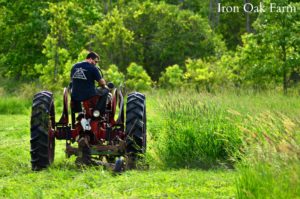 We happen to have two tractors, we didn’t buy a second tractor for haying specifically. Our John Deer sickle bar spends most of it’s time connected to our 1946 Farmall H, as it can be cumbersome to take on and off. The rest of the equipment is run by our 1951 Allis Chalmers WD. You don’t need to have two tractors, but this system works well for our situation and the equipment that we have.
We happen to have two tractors, we didn’t buy a second tractor for haying specifically. Our John Deer sickle bar spends most of it’s time connected to our 1946 Farmall H, as it can be cumbersome to take on and off. The rest of the equipment is run by our 1951 Allis Chalmers WD. You don’t need to have two tractors, but this system works well for our situation and the equipment that we have.
Sickle Bar
We cut our hay with an old PTO driven John Deer sickle bar. It’s a long contraption that connects to the tractor PTO and cuts similar to hedge clippers. A row of stationary teeth ride against teeth that cut back and forth in a sawing motion. This type of cutting keeps the stalks of grass in tact unlike a lawn mower blade that chops everything up. We paid $150 for our sickle, it also came with a spare unit that we can use for parts.
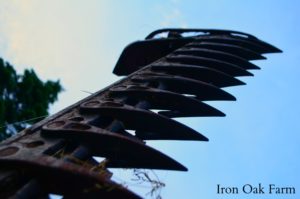 Depending on the weather…the humidity, the overcast, wind, sunshine and temperature, and the moisture content in the hay, after cutting, we let the hay dry for about a day or two. Then we rake.
Depending on the weather…the humidity, the overcast, wind, sunshine and temperature, and the moisture content in the hay, after cutting, we let the hay dry for about a day or two. Then we rake.
Rake
Our rake is an antique John Deer, but it still gets the job done. We only paid $80 for it from a man who was using it as a lawn ornament and said it would never rake a field…but it does.
Raking flips the hay so that the other side can dry. It also organizes the hay into windrows…strips of piled hay that are easier to bale.
Depending on the weather, we let the raked hay dry another day. An old farmer once told me that hay is done when you take a handful and twist it around itself (like bicycle pedals) it should break on the 6th turn. We’ve used this technique and it works every time.
Baler
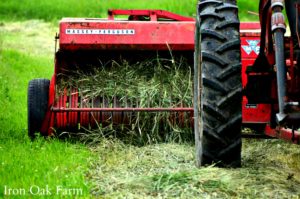 Then we bale. We have a Massey Ferguson (1970’s-ish). We paid $800. It produces small square bales. (More about bale size in Part 3 of this series)
Then we bale. We have a Massey Ferguson (1970’s-ish). We paid $800. It produces small square bales. (More about bale size in Part 3 of this series)
Balers are notoriously fickle pieces of equipment. They are essentially a large sewing machine, with each bale acting as a stitch. The rotating baler tines feed the hay into the compactor. Once the bale is long enough, a trip flips which signals the needles to come through, bringing up the baling twine. It knots each bale, cuts it and sends it out the shoot to be left on the field.
If you’re looking to buy a used baler, typically the knotters are going to give you the most trouble. Ask the seller specifically how the machine knots and does it “drop” bales often? A “dropped bale” is a bale that fails to knot and comes sprawling out of the machine.
Baling Twine
We use Natural 9000 baling twine. One pair of spools does approximately 1000 bales for us. This will change depending on how long or short you have your bale size set, and how many bales you drop. One package is approximately $40.
Hay Wagon
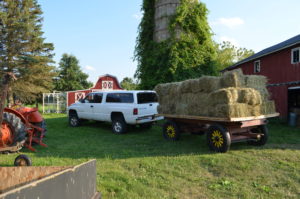 Once baled the hay must be collected from the field. We use a hay wagon hitched to our tractor, we also use our pick-up truck. Hay wagons can be expensive. Our wagon is an old wagon with axles from a Model A. We think the wooden spoke wheels were once from an old ice truck. We bought it for both looks and as a functioning piece of equipment. We paid $800.
Once baled the hay must be collected from the field. We use a hay wagon hitched to our tractor, we also use our pick-up truck. Hay wagons can be expensive. Our wagon is an old wagon with axles from a Model A. We think the wooden spoke wheels were once from an old ice truck. We bought it for both looks and as a functioning piece of equipment. We paid $800.
The Math
Our hay equipment investment not including the tractors is around $2000 dollars. We’ve replaced parts over the years and there’s the cost of upkeep for our equipment which should be factored in. But at an average of $4-7 a bale in our area and we feed around 400 bales a year, our equipment has paid for itself many times over.
We hay about 7 acres, and if we get a good 2 cuttings we average around 600 bales per year (on the conservative side).
Be sure to check out the other posts in this series:
A Guide to Buying and Selling Hay Part 2: Types of Hay and Determining Quality
A Guide to Buying and Selling Hay Part 3: Proper Storage of Hay and Pricing





